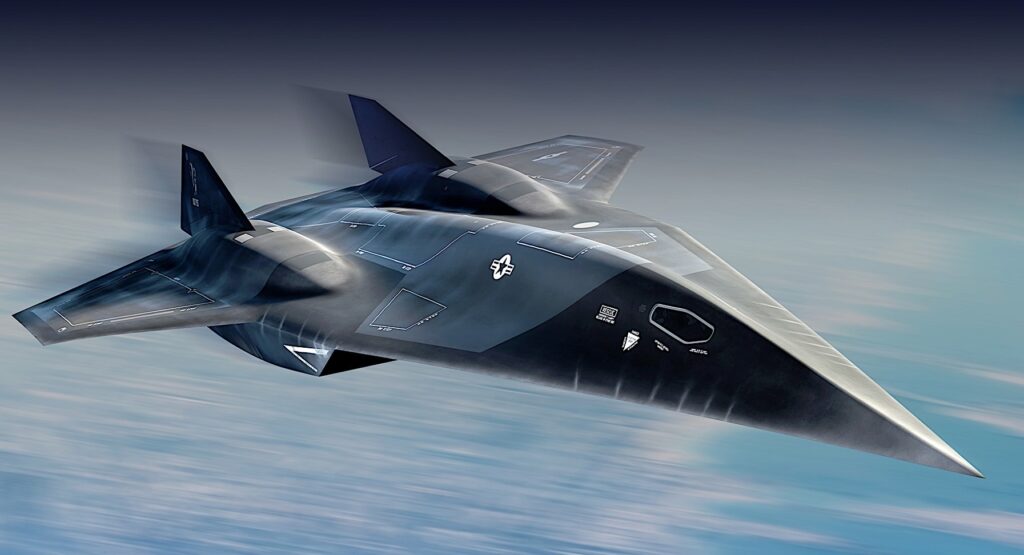Mach 10: Blazing Through the Atmosphere
Mach 10 refers to a speed ten times faster than the speed of sound. This equates to approximately 12,250 kilometers per hour (7,640 miles per hour) at sea level in standard atmospheric conditions (15°C or 59°F). At such velocities, objects achieve phenomenal kinetic energy, making Mach 10 a significant milestone in hypersonic flight.
Applications of Mach 10 Flight
While Mach 10 technology is still under development, its potential applications are vast:
- Intercontinental travel: Hypersonic passenger jets could significantly reduce travel times between continents, revolutionizing air travel.
- Space access: Mach 10 vehicles could serve as the first stage of a two-stage-to-orbit launch system, reducing the reliance on traditional rockets.
- Military applications: Hypersonic missiles and aircraft could offer superior speed and maneuverability for strategic and tactical purposes.
Challenges of Mach 10 Flight
Reaching Mach 10 presents several significant challenges:
- Aerodynamics: Hypersonic airflow creates intense heat due to friction, requiring advanced heat-resistant materials for vehicle construction.
- Propulsion: Developing engines capable of efficiently achieving and sustaining Mach 10 speeds is a complex engineering challenge.
- Sonic Boom: The intense sonic boom generated by hypersonic vehicles creates noise concerns, requiring design solutions to mitigate the impact on communities.
FAQ
- How fast is Mach 10 in mph? Mach 10 is approximately 7,640 miles per hour (12,250 kilometers per hour) at sea level in standard atmospheric conditions.
- What is hypersonic flight? Hypersonic flight refers to speeds exceeding Mach 5 (approximately 6,125 km/h or 3,800 mph).
- Are there any Mach 10 aircraft currently operational? No, there are currently no operational Mach 10 aircraft. However, several countries and private companies are actively researching and developing hypersonic technologies.
Table: Speed of Sound at Different Altitudes
| Altitude (km) | Speed of Sound (km/h) | Speed of Sound (mph) |
|---|---|---|
| 0 (Sea Level) | 1,225 | 764 |
| 10 | 1,060 | 659 |
| 20 | 900 | 560 |
| 30 | 790 | 491 |
Source: https://www.usa.gov/agencies/national-aeronautics-and-space-administration
The Hypersonic Frontier: A Deeper Dive into Mach 10 Flight
Beyond the introductory overview, let’s delve deeper into the fascinating world of Mach 10 flight.
Historical Context:
The concept of hypersonic flight has captivated engineers and scientists for decades. The first theoretical frameworks emerged in the early 20th century, but technological limitations hampered progress. The success of the Space Race in the 1950s and 60s provided a significant boost. Research programs like the X-15 rocket plane pushed the boundaries of speed and paved the way for further hypersonic exploration.
The Technological Hurdles of Mach 10:
While the idea of Mach 10 travel is exhilarating, achieving it requires overcoming significant hurdles. Here’s a closer look at the main challenges:
-
Aerodynamic Heating: As an object approaches Mach 10, air molecules compress around it, generating immense frictional heat. This heat can reach several thousand degrees Celsius, potentially melting traditional aircraft materials. Developing heat-resistant materials like special ceramics and composites is crucial.
-
Propulsion Challenges: Conventional jet engines struggle to achieve and maintain hypersonic speeds. Alternative propulsion systems like scramjets (supersonic combusting ramjets) and detonation-based pulse detonation engines (PDEs) are being explored. Scramjets operate by compressing air at supersonic speeds within the engine itself, eliminating the need for bulky mechanical compressors. PDEs utilize a series of controlled explosions for propulsion, offering immense thrust-to-weight ratios.
-
Sonic Boom Mitigation: The intense pressure wave generated by a hypersonic object exceeding the speed of sound is known as a sonic boom. These booms can be disruptive and damaging to ground structures. Research is ongoing to develop quieter hypersonic vehicles by incorporating special design features that manage the shockwave formation.
The Road to Mach 10 and Beyond:
Despite the challenges, significant progress is being made in hypersonic technology. Here’s a glimpse into the future:
-
International Race: Several countries like the United States, China, and Russia are actively pursuing hypersonic research programs. This global effort is accelerating advancements in materials science, propulsion systems, and vehicle design.
-
Focus on Reusable Vehicles: The goal is to develop reusable hypersonic vehicles, similar to the SpaceX Starship, to reduce costs and enable more sustainable hypersonic travel.
-
Potential Applications Beyond Travel: Hypersonic technology has applications beyond passenger travel. It could revolutionize military capabilities, enhance scientific research through high-speed atmospheric sampling, and even pave the way for faster space launches.
The Human Factor: Safety and Ethical Considerations of Mach 10 Flight
The pursuit of Mach 10 travel extends beyond engineering marvels. It necessitates careful consideration of human factors, safety concerns, and ethical implications.
Safety Considerations:
-
Passenger Safety: Ensuring passenger safety during hypersonic flights is paramount. This includes withstanding extreme g-forces during acceleration and deceleration, developing robust heat shields for atmospheric re-entry, and implementing advanced life support systems for high-altitude travel.
-
Air Traffic Management: Integrating hypersonic vehicles into existing air traffic control systems requires innovative solutions. New protocols and regulations will be needed to manage the unique flight paths and speeds of these next-generation aircraft.
-
Environmental Impact: The potential environmental impact of hypersonic flight needs thorough assessment. Emissions at high altitudes could affect the ozone layer, and sonic booms could disrupt wildlife and communities. Sustainable fuel alternatives and noise reduction technologies will be crucial for responsible hypersonic development.
Ethical Considerations:
-
Militarization of Hypersonic Technology: The potential for hypersonic weapons raises ethical concerns about the proliferation of these powerful technologies and the potential for destabilizing the global balance of power. International cooperation and arms control treaties will be vital to ensure responsible development and deployment of hypersonic weapons systems.
-
Accessibility and Equity: Hypersonic travel, initially, may be a luxury reserved for the wealthy. Ethical questions arise regarding equitable access to this technology and the potential for widening the gap between the privileged and the underprivileged.
-
Societal Impact: The introduction of hypersonic travel could reshape global trade and cultural exchange. The potential for rapid troop deployment and the psychological impact of “shrinking the world” require careful consideration.
The Path Forward:
Achieving Mach 10 flight is a complex endeavor with far-reaching implications. Open dialogue and collaboration among scientists, engineers, policymakers, and the public are essential to ensure responsible development and deployment of this transformative technology. Balancing the potential benefits with the safety, environmental, and ethical considerations will be crucial as we navigate the hypersonic frontier.
This concludes the exploration of Mach 10 flight. Remember, you can further expand on this content by including specific research projects, the role of private companies in hypersonic development, and potential medical considerations for high-speed travel.
Conclusion:
Mach 10 flight represents the next frontier in high-speed travel. While numerous challenges remain, ongoing research and international collaboration offer promising prospects. The potential benefits of hypersonic technology are vast, promising to transform our world in ways we can only begin to imagine.



